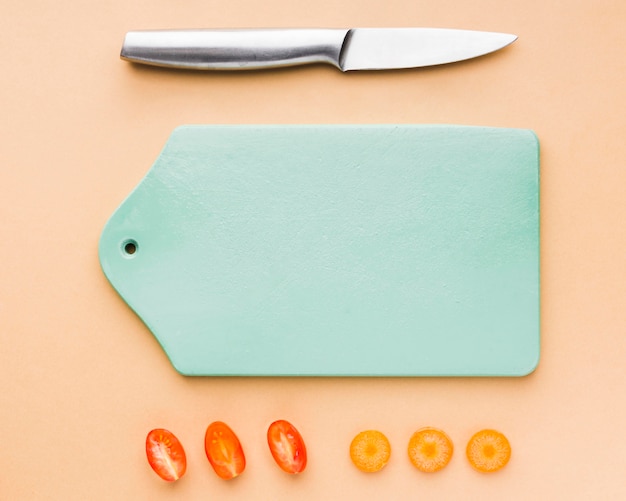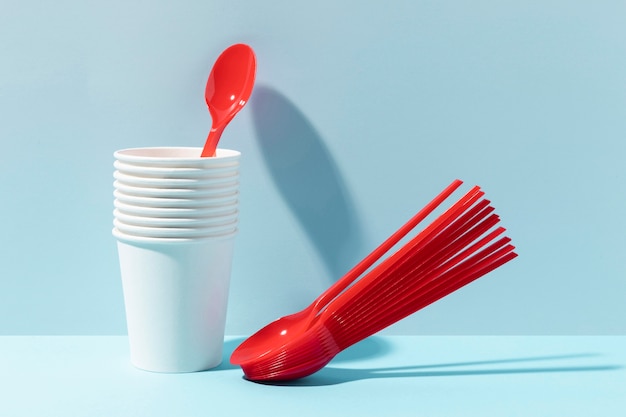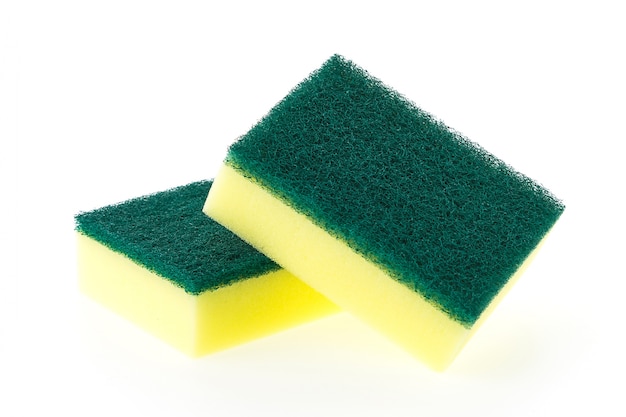When you think about kitchen safety, you probably focus on cleanliness, food storage, and avoiding cross-contamination. But there’s a silent, invisible threat lurking in your kitchen—microplastics. These tiny plastic particles, often smaller than 5 millimeters, are increasingly being found in our food, water, and even the air we breathe. Shockingly, many everyday kitchen items are significant sources of microplastic contamination.
Microplastics are tiny fragments of plastic that result from the breakdown of larger plastic items or are intentionally manufactured for use in products. They’ve been detected in oceans, soil, and even human blood and organs. While research is still evolving, early studies suggest that long-term exposure may be linked to inflammation, hormonal disruption, and other health concerns.
The kitchen, a place meant to nourish and sustain, can unknowingly become a source of exposure. From cookware to food storage, many common items release microplastics—especially when exposed to heat, friction, or wear.
Frequent knife use on plastic cutting boards creates microscopic grooves where bacteria can hide—and where microplastics can break off. Over time, these particles can transfer directly to your food. A 2022 study found that cutting on plastic boards can release thousands of microplastic particles per use, especially with dull knives.

Teflon and other non-stick coatings are made from synthetic polymers that can degrade over time. When scratched or overheated, these pans release microplastics and potentially toxic chemicals into your food. Even gentle use can cause tiny particles to flake off, especially as the coating ages.
Spatulas, spoons, and whisks made from plastic are constantly exposed to heat and friction. When used with hot pans or boiling water, they can shed microplastics. Silicone utensils, while more heat-resistant, can also degrade over time—especially if low-quality or not food-grade.

Reusable plastic containers are convenient, but repeated washing, microwaving, and exposure to hot food can cause them to break down. Over time, they leach microplastics into your meals. Clear, rigid plastics like polycarbonate are especially prone to degradation.
Most kitchen sponges are made from synthetic materials like polyurethane or polyester—essentially plastic. As you scrub, tiny fibers break off and can end up on dishes, countertops, and even in food. Some studies suggest sponges may be one of the top contributors to microplastic contamination in the home.

Appliances with plastic components—especially those that heat or spin at high speeds—can shed microplastics. Electric kettles with plastic interiors or spouts have been found to release particles into boiling water. Similarly, plastic blender jars can degrade from friction and heat, contaminating smoothies and soups.
Plastic wrap and storage bags are often used to cover or freeze food. When in contact with hot or fatty foods, they can leach plastic compounds and microplastics. Even cold storage isn’t risk-free—over time, the plastic can degrade and shed particles.
While it’s nearly impossible to eliminate microplastics entirely, you can significantly reduce your exposure with a few smart swaps:
Microplastics are an emerging concern, and the kitchen is a key battleground. By becoming aware of which items are most likely to shed plastic particles, you can make informed choices that protect your health and reduce your environmental footprint. Small changes add up—start by replacing the most problematic items and gradually build a safer, cleaner kitchen.
Your health begins at home. Make your kitchen a sanctuary, not a source of hidden toxins.

Health

Health

Health

Health

Health

Fitness

Health

Health